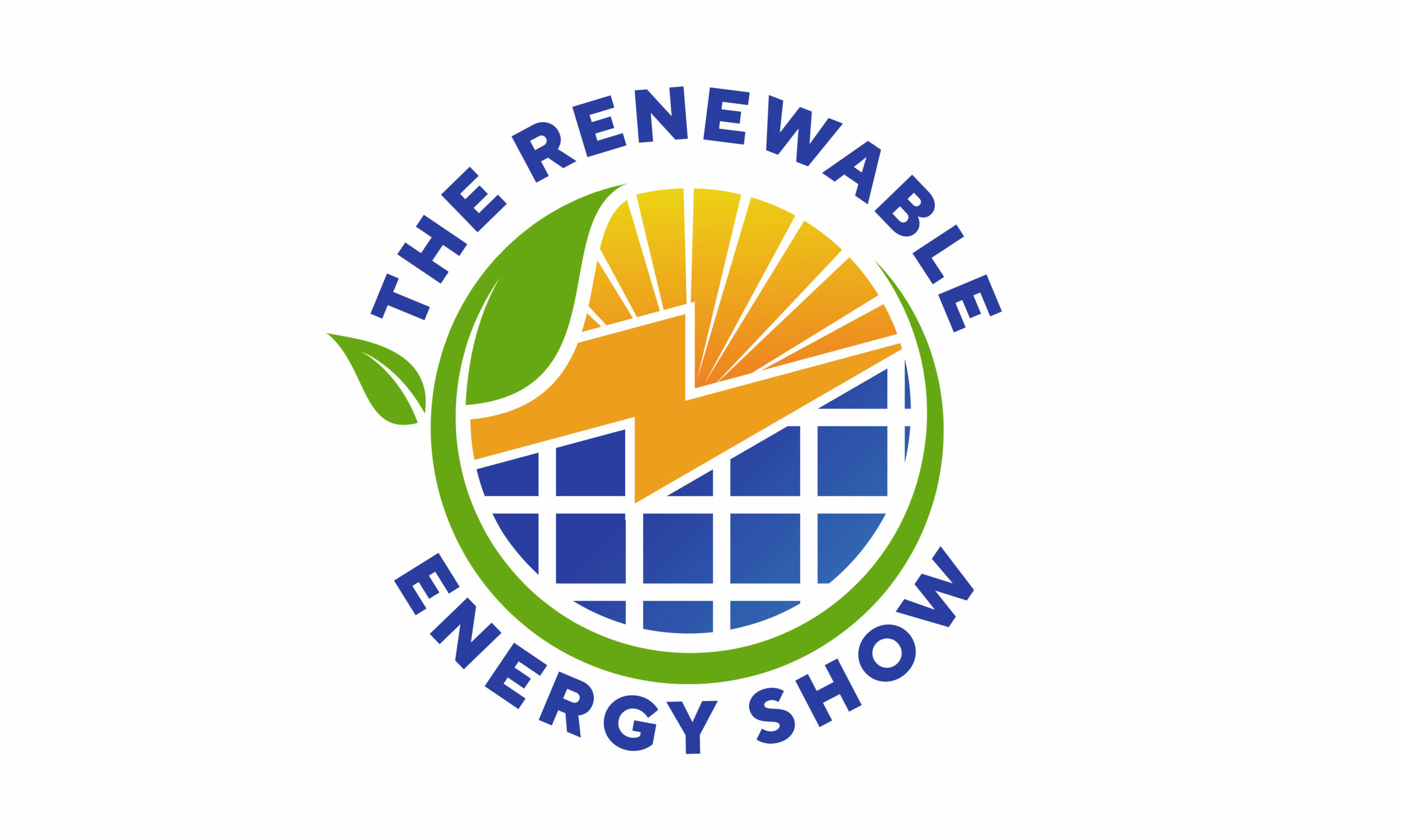The Internet of Things (IoT) has revolutionized various industries, from smart homes to industrial automation. However, its potential impact on wildlife conservation is still largely untapped. By harnessing the power of IoT, conservationists can gather real-time data, monitor wildlife populations, and protect endangered species more effectively.
The Problem:
Wildlife conservation is a complex issue, with habitat loss, poaching, and climate change posing significant threats to biodiversity. Traditional monitoring methods, such as manual surveys and camera traps, are often time-consuming, labor-intensive, and prone to human error.
The Solution:
IoT-based solutions are transforming the way we approach wildlife conservation. From sensor-equipped drones to AI-powered monitoring systems, IoT technology is providing conservationists with the tools they need to protect wildlife more effectively.
Case Study:
The Wildlife Conservation Society (WCS) is using IoT technology to monitor the critically endangered mountain gorilla population in the Virunga Mountains. The WCS has deployed a network of sensor-equipped camera traps and acoustic sensors to monitor gorilla activity, habitat use, and population size. The data collected is used to inform conservation efforts, including habitat protection and conflict mitigation with local communities.
How IoT is Being Used in Wildlife Conservation:
1. Real-time monitoring: IoT sensors and camera traps provide real-time data on wildlife populations, habitat use, and behavior.
2. Predictive analytics: AI-powered algorithms analyze data from IoT devices to predict wildlife behavior, habitat changes, and potential threats.
3. Automated tracking: IoT-based tracking systems use GPS, RFID, and other technologies to monitor wildlife movements and habitat use.
4. Early warning systems: IoT-based systems can detect early signs of poaching, habitat destruction, and other threats, enabling conservationists to respond quickly.
5. Community engagement: IoT-based platforms can engage local communities in conservation efforts, promoting coexistence with wildlife.
The Future of IoT in Wildlife Conservation:
As IoT technology continues to evolve, we can expect to see even more innovative applications in wildlife conservation. Some potential future developments include:
1. Swarm robotics: Swarms of small robots could be used to monitor wildlife populations and habitats.
2. Drones with machine learning: Drones equipped with machine learning algorithms could detect and classify wildlife species, track population trends, and predict habitat changes.
3. IoT-powered conservation platforms: Cloud-based platforms could integrate data from various IoT devices, providing conservationists with a comprehensive view of wildlife populations and habitats.
Conclusion:
IoT technology has the potential to revolutionize wildlife conservation, providing conservationists with the tools they need to protect endangered species and preserve biodiversity. As the IoT landscape continues to evolve, we can expect to see even more innovative applications in this critical field.
What’s Next:
If you’re interested in exploring the intersection of IoT and wildlife conservation further, check out the following resources:
* The Wildlife Conservation Society’s IoT-based monitoring system for mountain gorillas
* The International Union for Conservation of Nature’s (IUCN) guide to IoT-based conservation
* The IoT for Conservation community on LinkedIn, sharing innovative applications of IoT in wildlife conservation.
